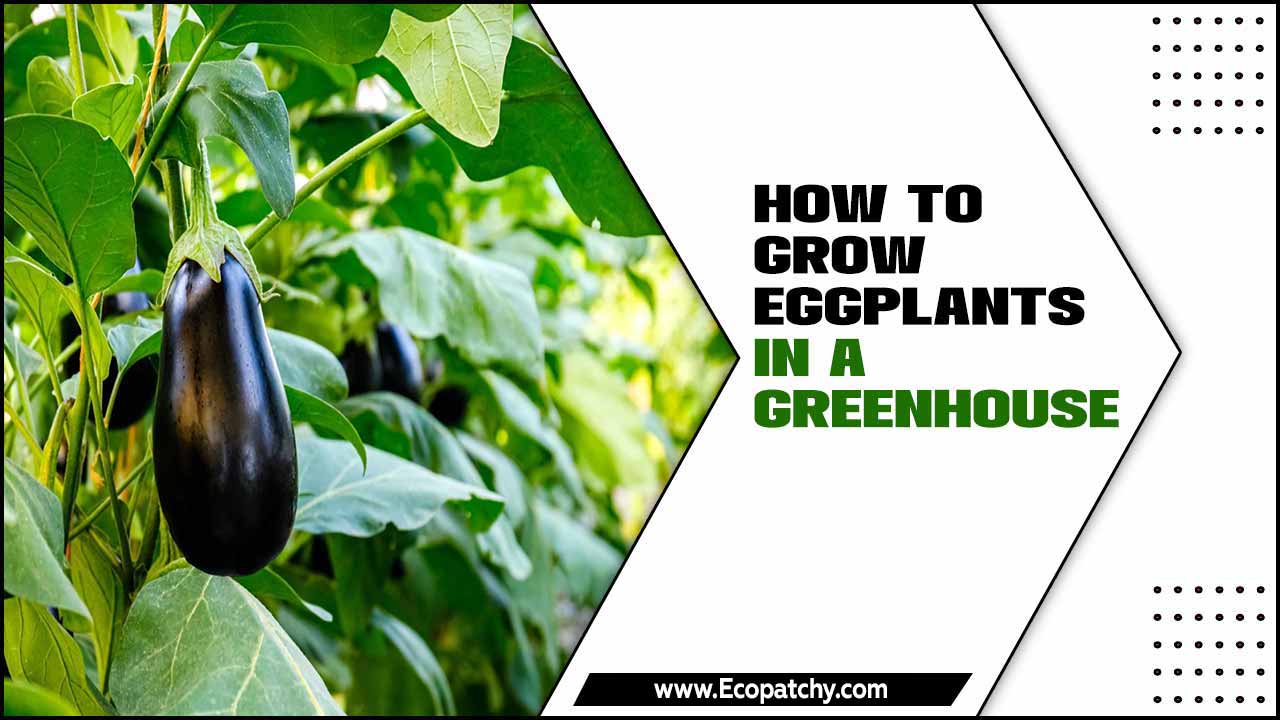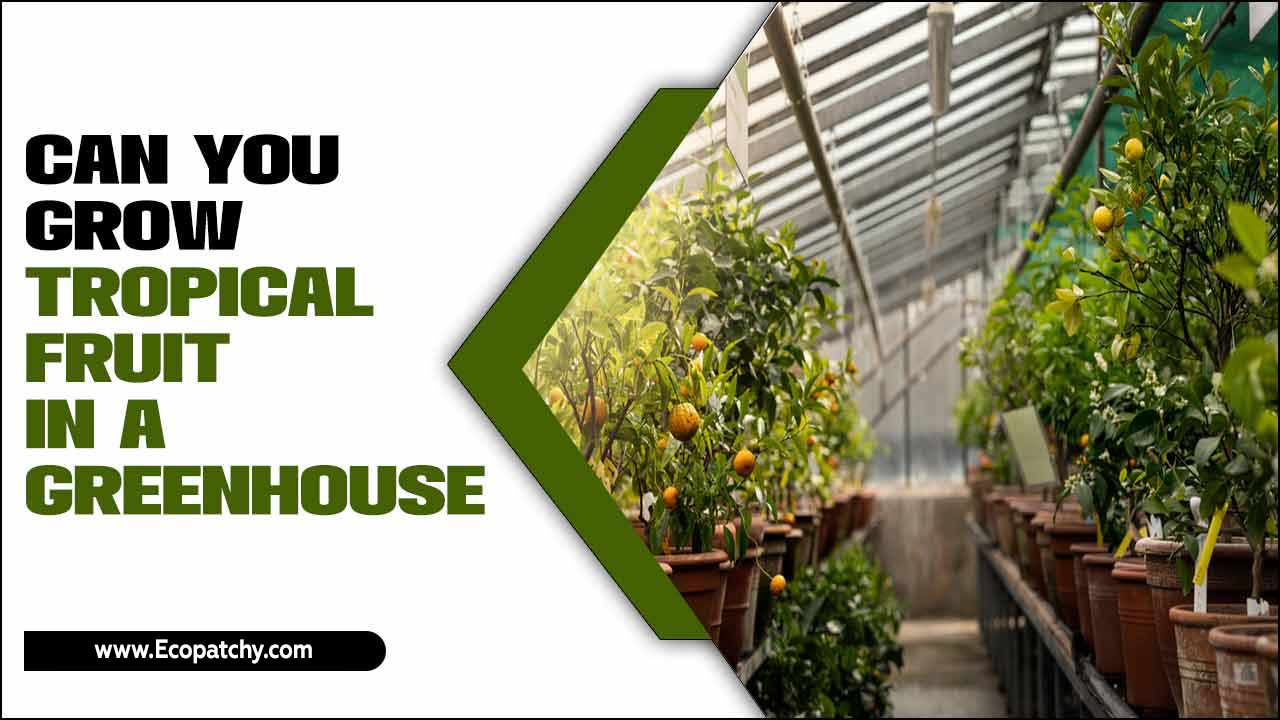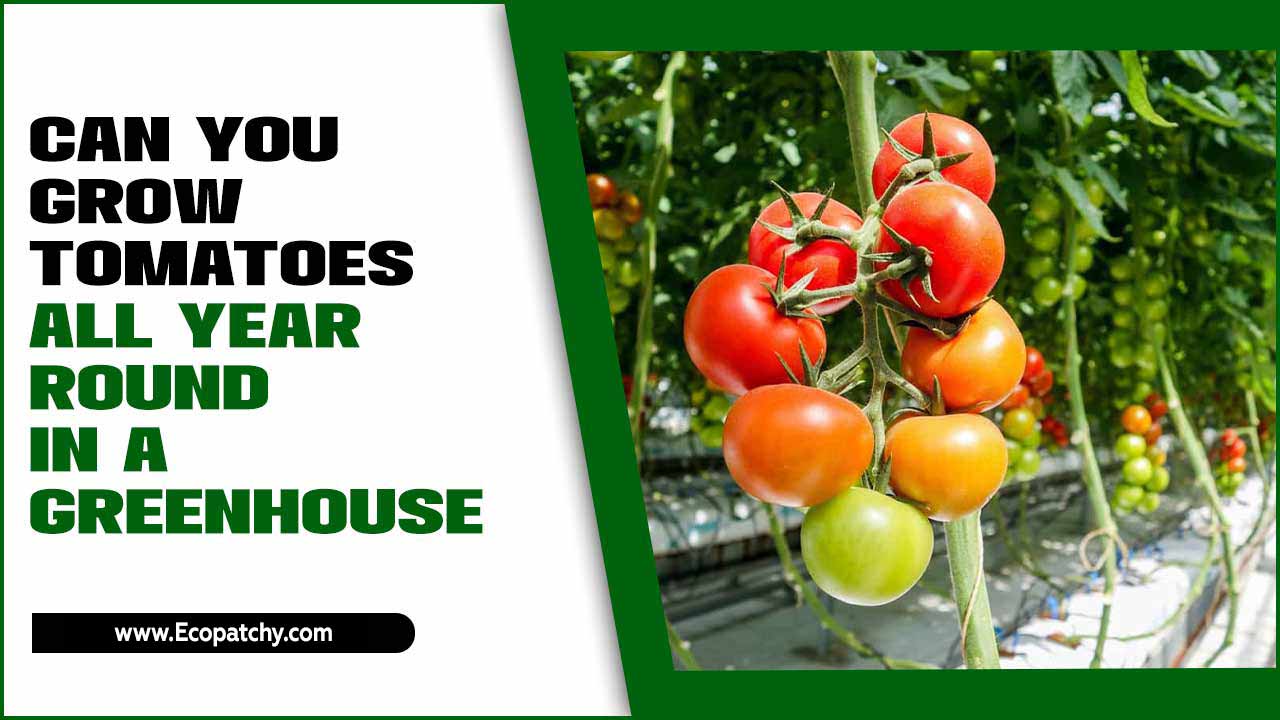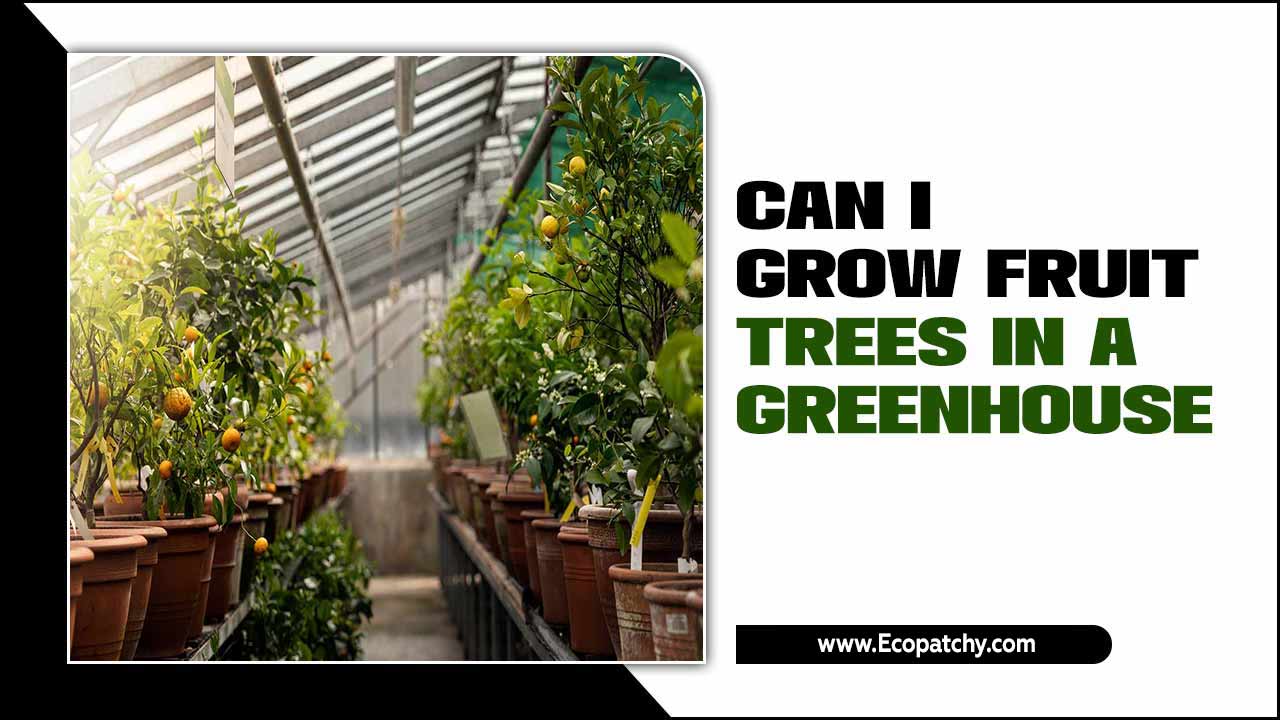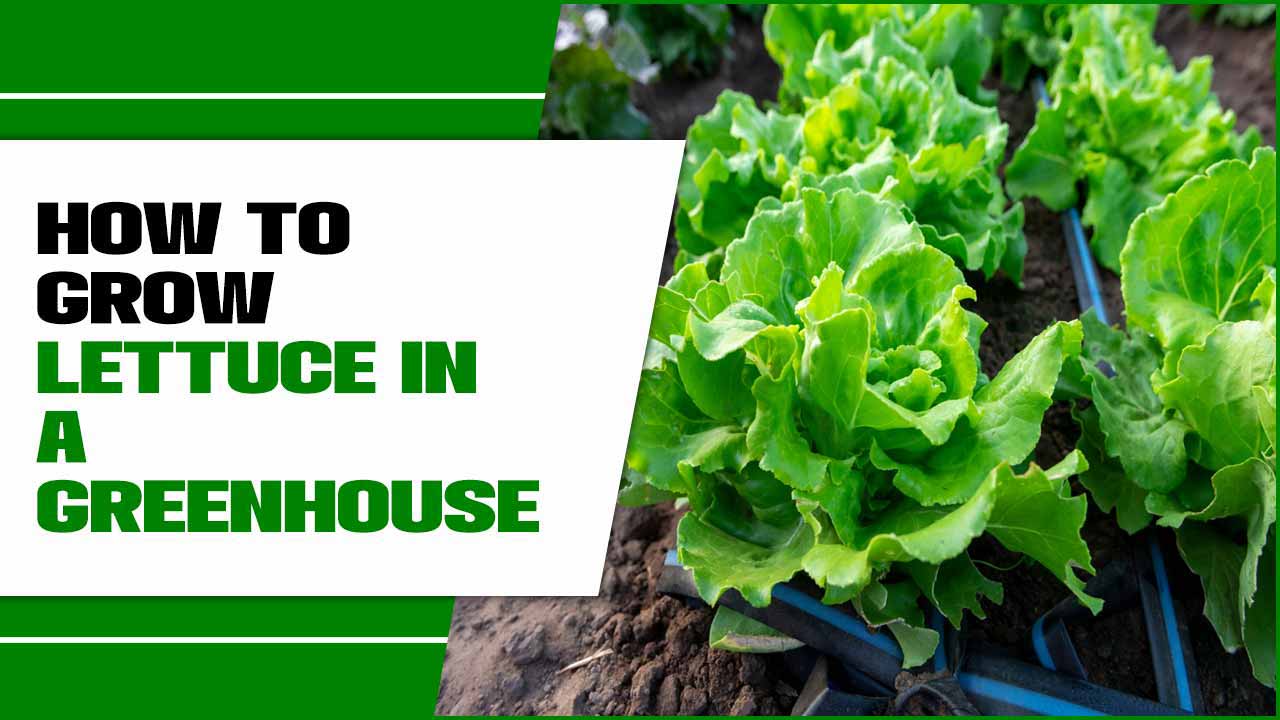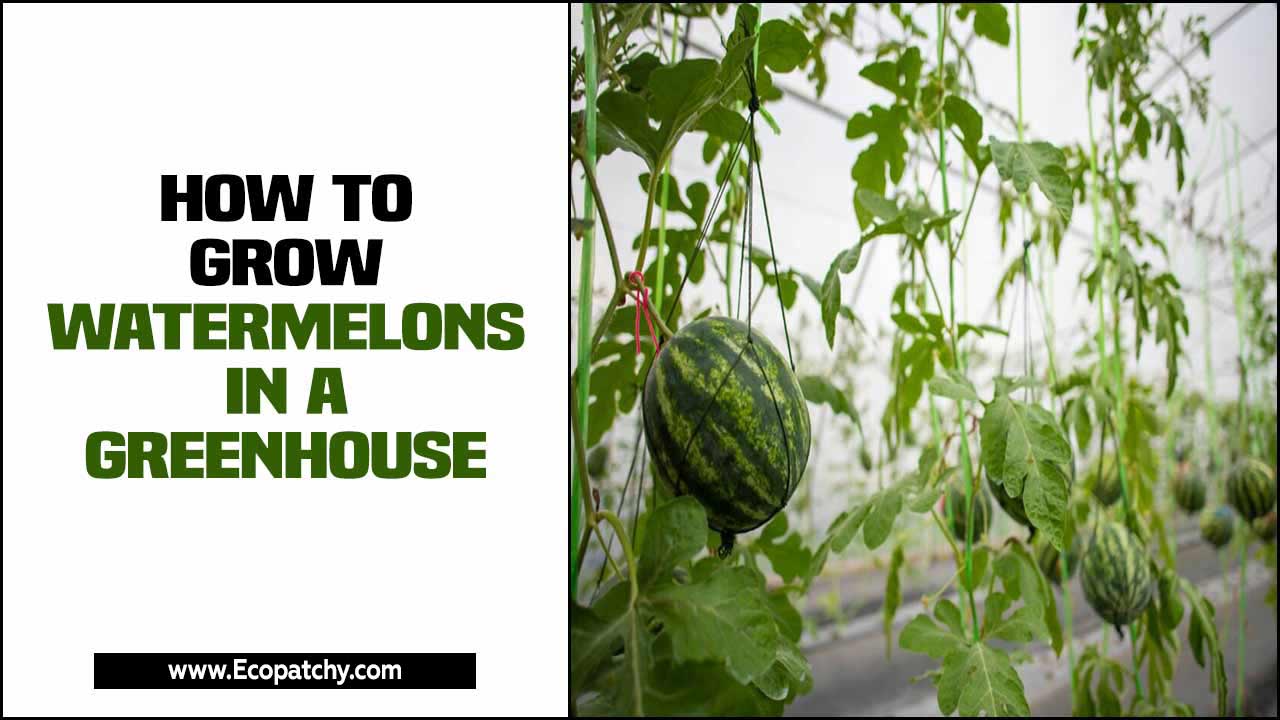Greenhouses have been used for centuries to extend the growing season and provide a controlled environment for plants to thrive. However, with advancements in technology and a growing interest in sustainable living, more and more people are turning to greenhouses to grow vegetables all year round.
Here, we will take a deep dive into everything you need to know about whether can you grow vegetables all year round in a greenhouse: from understanding greenhouse growing to choosing the right vegetables for each season.
We will also cover the basics of greenhouse gardening, step-by-step instructions on how to grow vegetables in a greenhouse throughout the year, common challenges and troubleshooting tips, and much more. By the end of this guide, you’ll be equipped with all the knowledge needed to start your own Successful Year-Round Vegetable Garden In A Greenhouse.

How Can You Grow Vegetables All Year Round In A Greenhouse: Step-By-Step Guide

Yes, you can grow vegetables all year round in a greenhouse. Greenhouses create a controlled environment that protects plants from harsh weather conditions and extends the growing season. By regulating temperature, humidity, and light levels, you can provide optimal conditions for vegetable growth throughout the year.
This allows for a continuous fresh produce supply regardless of the external climate. Growing vegetables all year round in a greenhouse is possible with the right techniques and equipment. Here is a step-by-step guide on how can you grow vegetables all year round in a greenhouse:
Choosing The Right Greenhouse
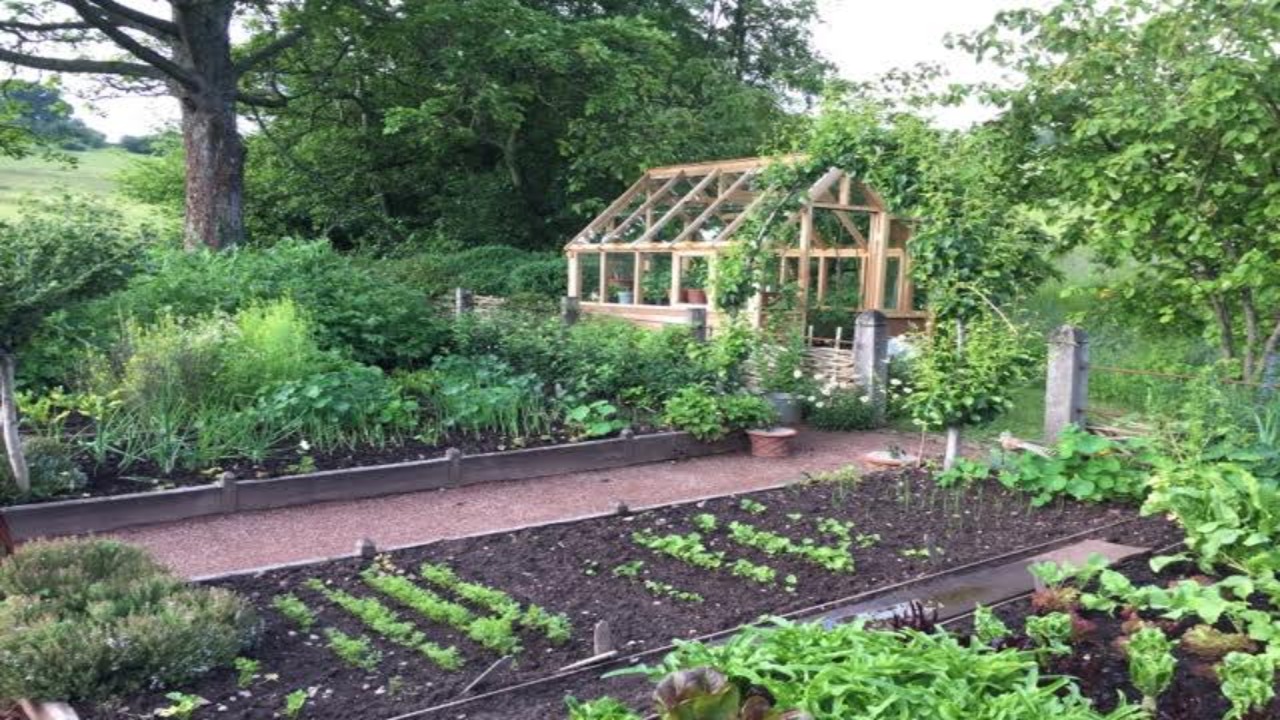
When selecting a greenhouse for year-round vegetable gardening, several factors must be considered to ensure successful growth. First and foremost, you should consider the size of the greenhouse to ensure that it provides enough space for your vegetables to thrive.
Additionally, it’s crucial to choose a greenhouse material that offers proper insulation, light transmission, and durability. This will help maintain a stable environment for your plants regardless of the outside weather conditions. Another important aspect is the greenhouse style that suits your growing needs.
Whether it’s a free-standing, lean-to, or hoop house, each style has its advantages and considerations. Moreover, proper ventilation and airflow are essential for maintaining a healthy greenhouse environment. Lastly, when selecting a greenhouse, it’s important to evaluate your budget, maintenance requirements, and long-term goals to ensure that you make the best choice for your specific needs.
Preparing The Soil
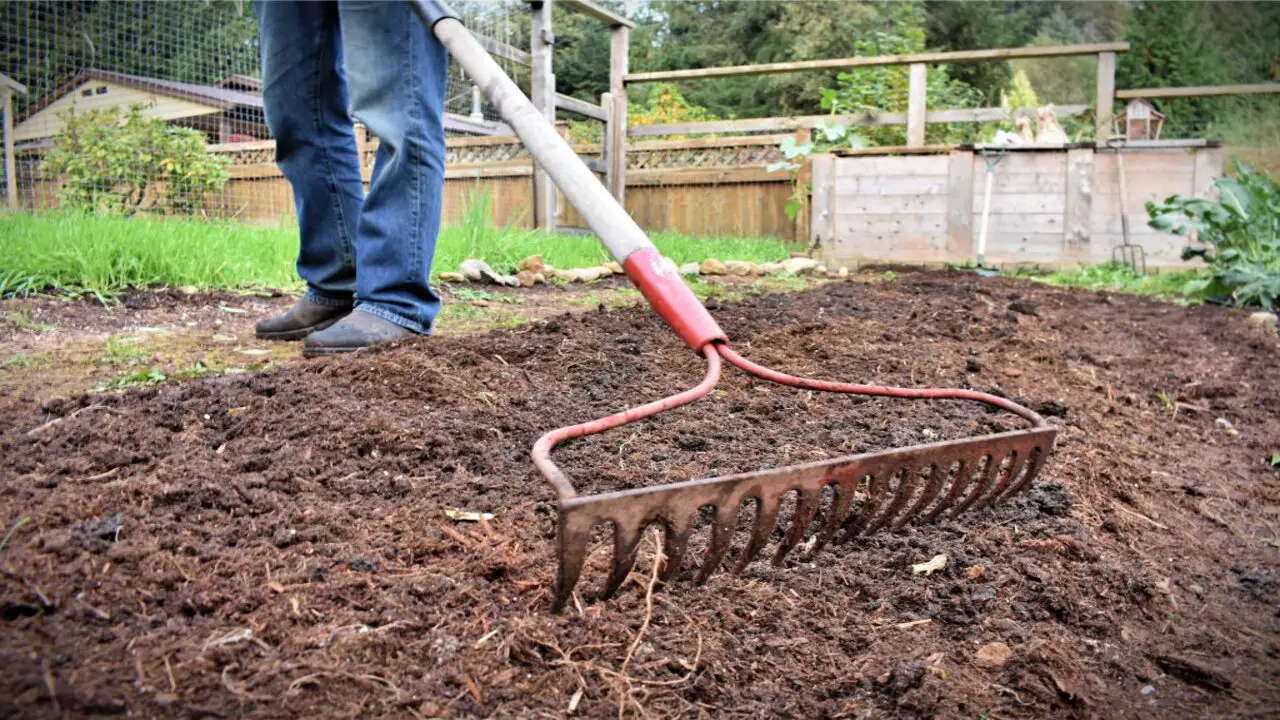
To ensure successful vegetable growth in a greenhouse, it is important to prepare the soil properly. Start by testing the soil to determine its pH level and nutrient content. Based on the results, make necessary adjustments to ensure optimal conditions for plant growth. Before planting your vegetables, it’s crucial to remove any weeds, rocks, or debris from the soil.
This will minimize competition for nutrients and provide a clean environment for your plants. To improve soil structure, moisture retention, and nutrient availability, add organic matter, compost, and fertilizers. Additionally, amending the soil with perlite, sand, or organic matter will ensure proper drainage. Considering soil sterilization methods like solarization can also reduce the risk of pests and diseases.
Planting And Watering Vegetables
To successfully grow vegetables all year round in a greenhouse, it’s important to start seeds indoors or purchase seedlings that align with their specific growing requirements. Once they are ready, transplant the vegetables into your greenhouse, giving them ample space based on their mature size. Regular watering is crucial, ensuring that the soil remains consistently moist without becoming waterlogged.
It’s advisable to monitor soil moisture levels and adjust your watering schedule according to the specific needs of your vegetables. For efficient hydration, consider using automated watering systems like drip irrigation. These systems can help maintain optimal soil moisture levels for your crops.
Fertilizing And Weeding Vegetables
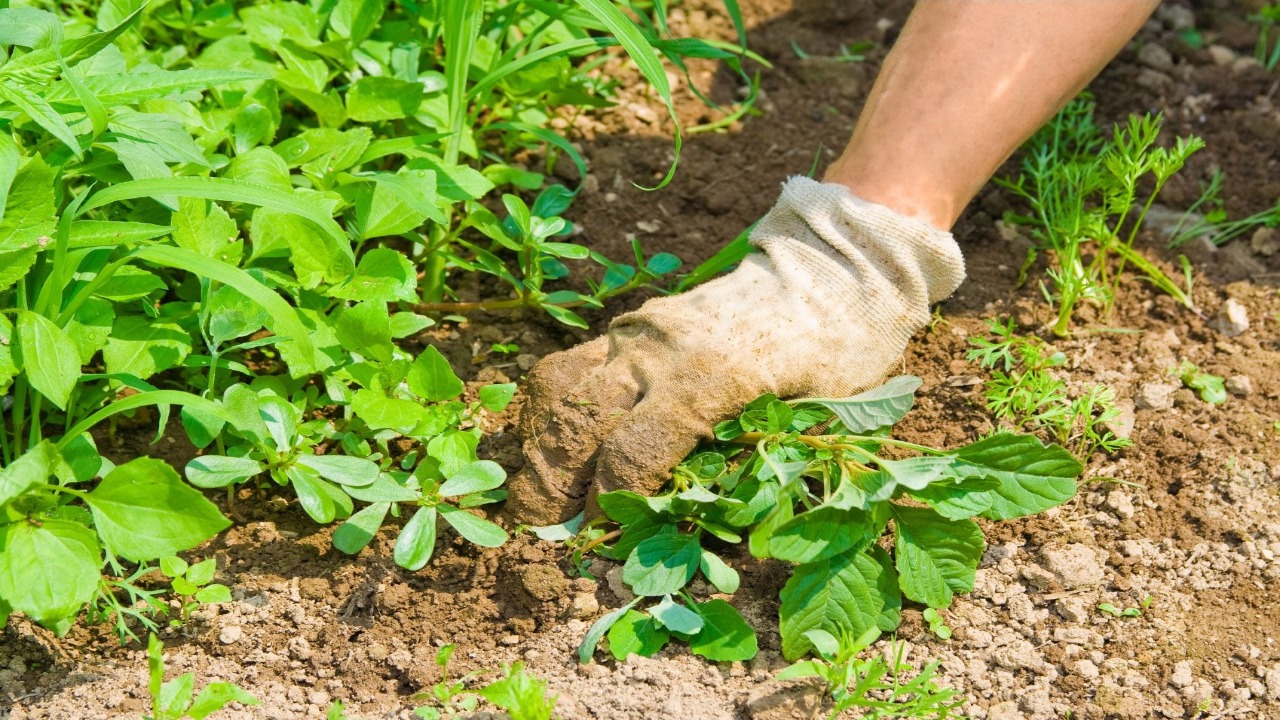
To ensure healthy growth and abundant harvests, it’s crucial to provide your vegetables with the necessary nutrients and keep them free from weeds. One way to do this is by applying organic or balanced fertilizers that meet the specific nutrient requirements of your crops.
Another effective method of weed control is using organic techniques like mulching, hand-pulling, or hoeing. Monitoring your vegetables for signs of nutrient deficiencies or pest damage is essential, as it allows you to take appropriate action promptly.
Additionally, regular weeding helps minimize competition for resources such as nutrients, light, and moisture. To protect your vegetables from pests, consider employing organic pest control methods like companion planting or biological controls.
Harvesting And Storing Vegetables
Harvesting and properly storing vegetables is essential for maximizing their shelf life and quality. When it comes to harvesting, make sure to pick your vegetables at the right size, colour, or maturity stage. To avoid damaging them, use clean and sharp tools during the harvest process. Once you have harvested your vegetables, it’s important to clean, sort, and store them properly.
This helps in preserving their freshness and extending their shelf life. Additionally, consider preserving the excess vegetables through methods like freezing, canning, or pickling. Regularly inspect your stored vegetables for any signs of mold, rot, or pest infestation, and promptly remove any affected produce.
Choosing The Right Vegetables For Each Season
Regarding growing vegetables all year round in a greenhouse, it is important to choose the right vegetables for each season. Different vegetables have different temperature and light requirements, so selecting varieties that thrive in specific seasons will increase your chances of success. For example, leafy greens like lettuce and spinach are well-suited for cooler temperatures and can be grown during the fall and winter.
On the other hand, tomatoes and peppers need warmer temperatures and longer daylight hours, making them ideal for spring and summer cultivation. By carefully planning your vegetable selection based on the seasonal conditions inside your greenhouse, you can enjoy a bountiful harvest throughout the year.
Factors To Consider When Choosing Vegetables For A Greenhouse
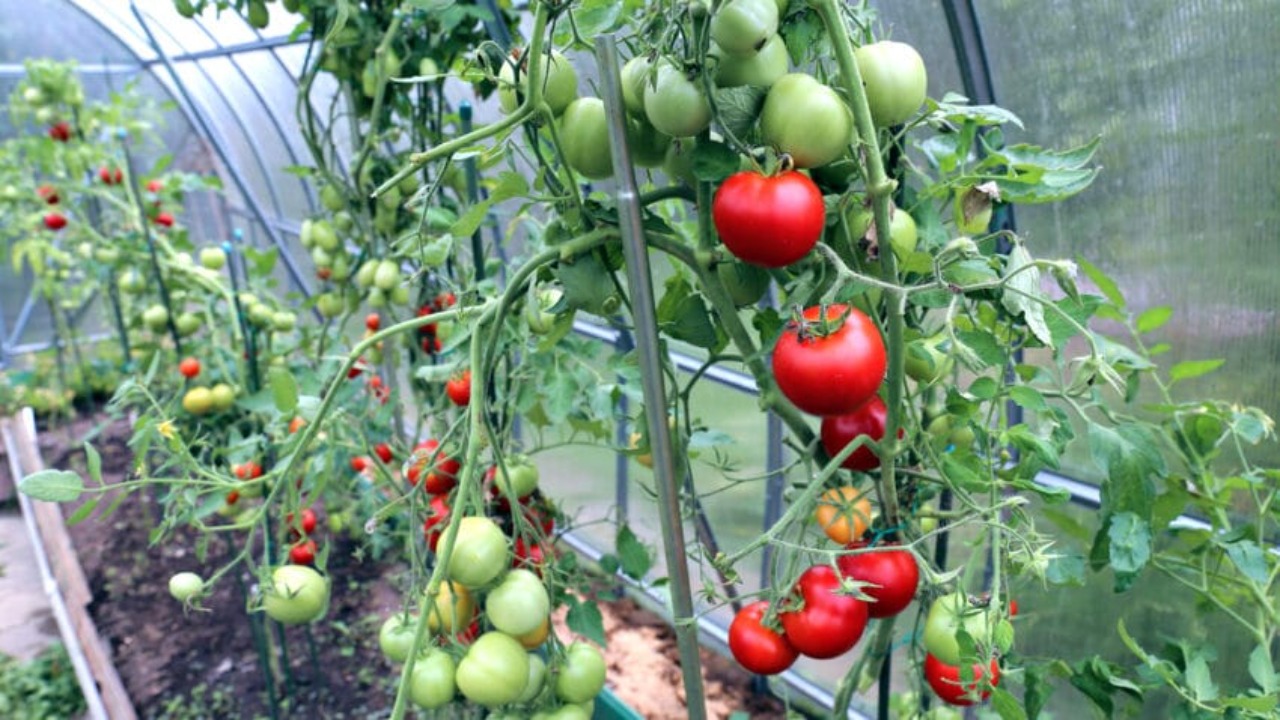
When considering which vegetables to grow in a greenhouse year-round, there are several factors to consider. Considering these factors, you can maximize your greenhouse’s potential and enjoy a bountiful harvest of homegrown vegetables all year round. Here are some tips to help you make the right choices:
- Temperature Requirements: Different vegetables have different temperature needs. Some thrive in cooler temperatures, while others require warmer conditions. Consider the average temperatures inside your greenhouse throughout the year and choose vegetables that can tolerate those conditions.
- Light Requirements: Adequate sunlight is crucial for vegetable growth. Assess the natural light your greenhouse receives and select vegetables that can thrive in those light conditions. Alternatively, you may need to supplement with artificial lighting.
- Space Considerations: Greenhouses come in various sizes, so consider the available space and choose vegetables that will fit comfortably without overcrowding. Some vegetables, like tomatoes and cucumbers, may require trellising or vertical growing systems.
- Growing Duration: Certain vegetables have shorter growing seasons, while others take longer to mature. Plan your crop rotation accordingly to ensure a continuous harvest throughout the year.
- Disease Resistance: Greenhouse environments can be conducive to plant diseases, so it’s wise to select vegetable varieties that are known for their disease resistance.
The Benefits Of Growing Vegetables In A Greenhouse
Growing vegetables in a greenhouse can offer several benefits. Firstly, it allows you to extend the growing season and grow vegetables all year round, regardless of the external climate. This means you can enjoy fresh, homegrown produce even during the colder months.
Additionally, a greenhouse provides a controlled environment where you can optimize growing conditions such as temperature, humidity, and sunlight exposure. This can result in healthier plants and higher yields compared to outdoor gardening.
Furthermore, a greenhouse offers protection from pests and diseases, reducing the need for pesticides and chemicals. Overall, growing vegetables in a greenhouse is a great way to maximize your gardening efforts and enjoy a bountiful harvest throughout the year.
Common Challenges And Troubleshooting Tips For Year-Round Vegetable Gardening In A Greenhouse
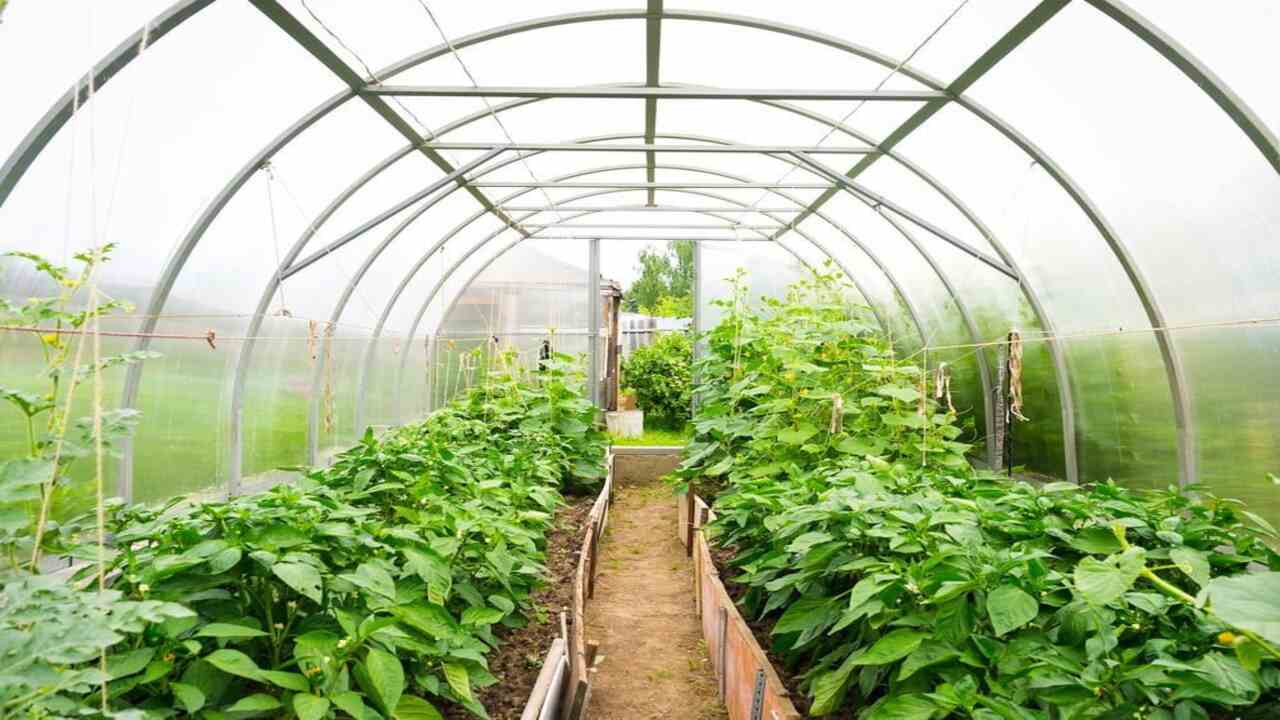
Growing vegetables all year round in a greenhouse can be a rewarding and sustainable way to ensure a constant supply of fresh produce. However, it does come with its own set of challenges.
By being aware of these common challenges and implementing appropriate troubleshooting measures, you can enjoy the benefits of year-round vegetable gardening in your greenhouse. Here are some common challenges you may encounter when gardening in a greenhouse and some troubleshooting tips to help you overcome them:
- Temperature Control: Maintaining the optimal temperature inside the greenhouse is crucial for successful vegetable growth. In colder months, consider using insulation or a heater to keep the temperature warm enough for your plants. Conversely, during hot summer months, provide shade and ventilation to prevent overheating.
- Humidity Management: High humidity levels can lead to fungal diseases, while low humidity can cause plants to wilt. Use fans or vents to improve air circulation and reduce humidity levels when needed. Consider misting your plants regularly during dry periods to increase humidity.
- Pest Control: Greenhouses provide a protected environment for pests such as aphids, mites, and whiteflies to thrive. Implement an integrated pest management strategy that includes regular monitoring, physical barriers like netting or sticky traps, and organic pest control methods such as introducing beneficial insects.
- Disease Prevention: Close quarters in a greenhouse can facilitate the spread of diseases among plants. Practice good sanitation by removing dead plant material promptly, disinfecting tools between uses, and providing adequate spacing between plants for airflow.
- Nutrient Management: Growing vegetables year-round requires careful attention to nutrient levels in the soil or growing medium. Regularly test the soil’s pH and nutrient levels and amend as necessary with organic fertilizers or compost.
Tips For Successful Year-Round Vegetable Cultivation In A Greenhouse
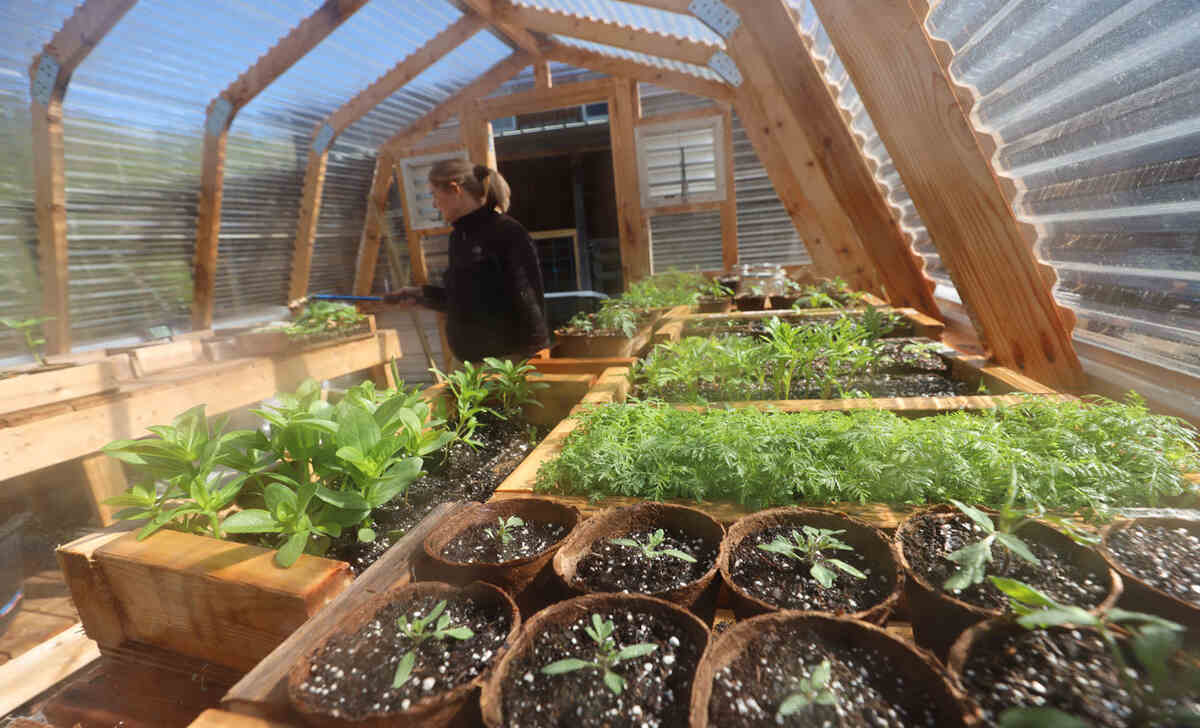
Successful year-round vegetable cultivation in a greenhouse requires careful planning and attention to detail. By following these tips, you can create an ideal environment for year-round vegetable cultivation in your greenhouse and enjoy a bountiful harvest throughout the year. Here are some tips to help you grow vegetables all year round in your greenhouse:
- Choose The Right Crops: Select crops well-suited for greenhouse growing and can tolerate the conditions inside. Leafy greens, herbs, and root vegetables are popular for year-round cultivation.
- Control Temperature And Humidity: Maintain optimal temperature and humidity levels inside the greenhouse using ventilation systems, fans, and heaters. Different crops have different temperature requirements, so be sure to research the specific needs of each crop.
- Provide Adequate Lighting: In winter months, when natural sunlight is limited, supplement with artificial lighting to ensure plants receive enough light for photosynthesis. LED grow lights are energy-efficient options that provide the right spectrum of light for plant growth.
- Monitor And Adjust Watering: Regularly monitor soil moisture levels and adjust watering accordingly. Overwatering can lead to root rot, while underwatering can cause plants to wilt and die. Use a moisture meter or stick your finger into the soil to check moisture levels.
- Implement Pest Control Measures: Prevent pests from infesting your greenhouse by regularly inspecting plants for signs of damage or pests. Introduce beneficial insects like ladybugs or use organic pest control methods to keep pests at bay.
- Rotate Crops: Avoid planting the same crop type in the same location season after season, as this can lead to nutrient depletion and increased disease susceptibility. Implement crop rotation to maintain soil health and prevent pest buildup.
Harvesting And Preserving Your Greenhouse-Grown Vegetables Throughout The Year
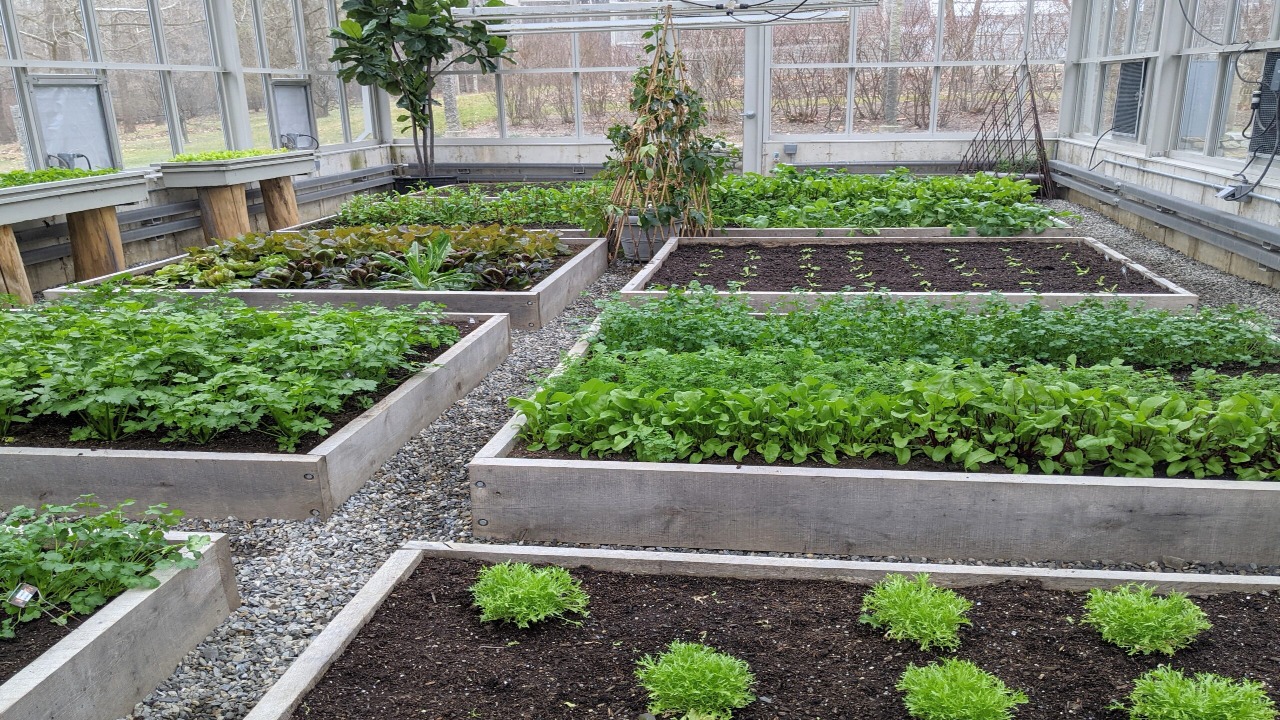
Harvesting and preserving your greenhouse-grown vegetables throughout the year is a great way to enjoy fresh produce, even during the colder months. By following these tips, you can enjoy the fruits (or rather, vegetables) of your greenhouse labour throughout the year and savour the taste of fresh produce even when it’s not in season. Here are some tips to help you make the most of your greenhouse harvest:
- Timing Is Key: Harvest your vegetables when they are fully ripe but before they become overripe. This will ensure you get the best flavour and texture from your crops.
- Proper Storage: After harvesting, store your vegetables in a cool, dry place to prolong their shelf life. Some vegetables, like root crops and winter squashes, can be stored for several months if stored correctly.
- Canning And Freezing: Another option for preserving your greenhouse-grown vegetables is through canning or freezing. This allows you to enjoy them all year round. Follow proper canning or freezing techniques to ensure that your vegetables stay fresh and safe to eat.
- Drying Herbs: If you have a herb garden in your greenhouse, it is a great way to preserve their flavours and aromas. Hang bundles of herbs upside down in a well-ventilated area until they are completely dry, then store them in airtight containers.
Tips For Maintaining Optimal Humidity Levels In A Greenhouse
Maintaining optimal humidity levels in a greenhouse is key to successfully growing vegetables all year round. Following these tips, you can create and maintain the ideal environment for vegetable growth in your greenhouse throughout the year. Here are some tips to help you achieve and maintain the right humidity levels:
- Monitor humidity levels regularly using a hygrometer.
- Use proper ventilation to control humidity. This can include opening vents, using fans, or installing an automatic ventilation system.
- Avoid overwatering your plants, which can contribute to high humidity levels. Water plants only when necessary and ensure proper drainage.
- Use a dehumidifier if needed to remove excess moisture from the air.
- Use shade cloths or reflective materials to reduce heat and humidity during hot summer.
Conclusion
Growing vegetables all year round in a greenhouse is a feasible and rewarding option for any avid gardener. With the right knowledge and techniques, you can enjoy a bountiful harvest even during the winter months. From choosing the right greenhouse to selecting the appropriate vegetables for each season, there are several factors to consider.
By following a step-by-step guide and implementing proper care and maintenance, you can ensure the success of your greenhouse garden. Additionally, maximizing space, optimizing crop rotation, and maintaining optimal humidity levels are key to achieving the best results. So it is essential to know can you grow vegetables all year round in a greenhouse.
Frequently Asked Questions
1.What Vegetables Can Grow Year-Round In A Greenhouse?
Ans: Some vegetables that thrive year-round in a greenhouse are lettuce, spinach, kale, and chard. You can also grow herbs like basil, parsley, and cilantro. Root vegetables such as carrots, beets, and radishes can flourish with proper care. Consult with local experts for specific greenhouse conditions.
2.Can You Grow Vegetables In An Unheated Greenhouse In The Winter?
Ans: Yes, it is possible to grow certain vegetables in an unheated greenhouse during the winter. Cold-hardy vegetables such as kale, spinach, and carrots can thrive in colder temperatures. It is essential to monitor the temperature and provide proper insulation to protect your crops. Using frost cloth or other protective coverings can also help keep your plants warm.
3.Can You Grow Summer Vegetables In A Greenhouse?
Ans: Yes, it is possible to grow summer vegetables in a greenhouse. By controlling the temperature and light levels, you can cultivate tomatoes, cucumbers, peppers, and other warm-season crops. Extra ventilation and shading may be necessary to prevent overheating. With a greenhouse, you can extend your growing season and enjoy fresh produce all year round.
4.What Plants Belong In Your Winter Greenhouse?
Ans: Plants that thrive in a winter greenhouse include kale, spinach, chard, broccoli, Brussels sprouts, cauliflower, and herbs like parsley, sage, thyme, and rosemary. Consider the sunlight and temperature requirements when choosing plants for your winter greenhouse.
5.Is It Possible To Grow Vegetables In A Greenhouse During The Winter Months?
Ans: Yes, it is possible to grow vegetables in a greenhouse during the winter months. Some of the best options for winter greens include kale, lettuce, and spinach. To ensure successful growth, consider using heating systems and lighting. Regular monitoring of temperature and humidity levels is also essential for optimal conditions.

